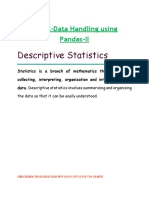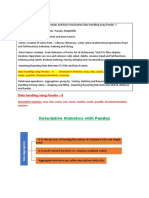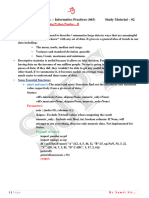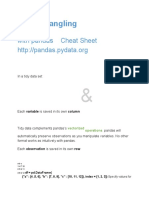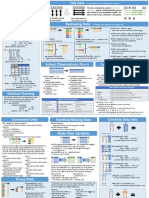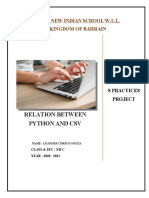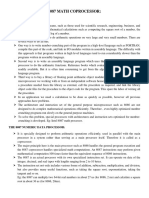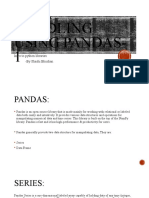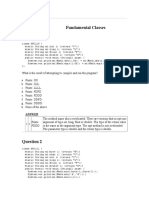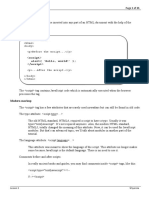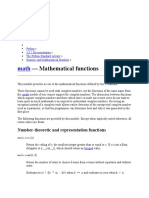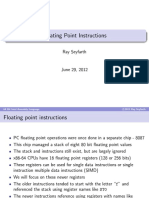0% found this document useful (0 votes)
271 views55 pagesPandas Descriptive Stats Guide
The document discusses descriptive statistics and functions in Pandas such as max(), min(), count(), mean(), sum(), median(), mode(), quartiles, variance, standard deviation, and groupby(). It provides syntax examples and explanations for calculating descriptive statistics in Pandas for data frames and series. Methods like sort_values() and groupby() are demonstrated with examples to sort and group data based on columns. The document is intended as a guide for understanding and applying descriptive statistics and data handling functions in Pandas.
Uploaded by
Leander DsouzaCopyright
© © All Rights Reserved
We take content rights seriously. If you suspect this is your content, claim it here.
Available Formats
Download as PDF, TXT or read online on Scribd
0% found this document useful (0 votes)
271 views55 pagesPandas Descriptive Stats Guide
The document discusses descriptive statistics and functions in Pandas such as max(), min(), count(), mean(), sum(), median(), mode(), quartiles, variance, standard deviation, and groupby(). It provides syntax examples and explanations for calculating descriptive statistics in Pandas for data frames and series. Methods like sort_values() and groupby() are demonstrated with examples to sort and group data based on columns. The document is intended as a guide for understanding and applying descriptive statistics and data handling functions in Pandas.
Uploaded by
Leander DsouzaCopyright
© © All Rights Reserved
We take content rights seriously. If you suspect this is your content, claim it here.
Available Formats
Download as PDF, TXT or read online on Scribd
/ 55

